Carbon Monoxide Detectors in a Tiny House

This First Alert carbon monoxide detector will only sound the alarm when the level reaches 60 PPM. Below that the display always shows zero.
You are probably counting on your average, store-bought carbon monoxide detector to keep you safe. But will it?
Carbon monoxide and low oxygen levels are of particular concern in a tiny house. Carbon monoxide levels can become dangerous very quickly in such a small, well-insulated space.
The carbon monoxide gas is slightly lighter than air so it will fill your airspace gradually and evenly. This makes it difficult to detect. In a regular home, there is enough airspace to allow dispersion below dangerous levels for long periods of time. But even a little carbon monoxide is dangerous over time.
The average home type carbon monoxide detector will not detect levels below 30 PPM (parts per million). This is considered a safe level of exposure for up to eight hours. However, exposure to carbon monoxide is cumulative. Even when you move to fresh air, your cells will never give up all of the carbon monoxide. It stays in your red blood cells, preventing the absorption of oxygen.
The SENSORCON Inspector Carbon Monoxide monitor shown here accurately measures the carbon monoxide level down to one PPM. It’s pricey, but you can count on it.
The Danger of Indoor Propane Heaters
The Mr. Heater Big Buddy freestanding propane heater can heat 400 sq./ft. for eight hours, but uses a whole can of propane to do it.
It does have a low-oxygen safety shut-off (ODS) and tip-over safety shut-off. The warning label says it’s not for indoor use, but it is marketed for campers, tents and RVs.
Accurate testing showed levels of carbon monoxide between 10 to 20 PPM even with the windows opened three inches as directed. The average carbon monoxide detector would not show this. This amount will probably not kill you overnight, but carbon monoxide will accumulate and could cause breathing issues like COPD later on.
These are intended to be used on construction sites or something like an ice fishing hut that has an abundance of fresh air.
Do not use these in your tiny house, RV, or camper.
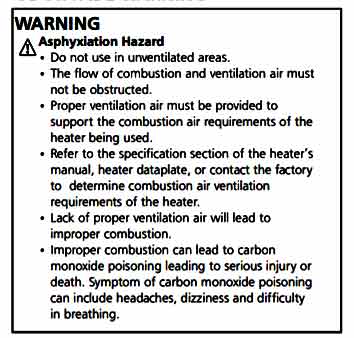
From the Mr. Buddy owners manual:
“WARNING: This product contains chemicals known to the State of California to cause cancer and birth defects or other reproductive harm.
Not for use in a “dwelling home” in California.
When used without adequate combustion and ventilation air, this product may give off excessive carbon monoxide, an odorless, poisonous gas.
Some people – pregnant women, persons with heart or lung disease, anemia, those under the influence of alcohol, those at high altitudes – are more affected by carbon monoxide than others.
With the Oxygen Depletion Sensor (ODS) and accidental tip-over safety shut-off you can be sure that you will enjoy years of comfortable indoor* safe heat. Excellent for use while camping, ice fishing, or working in your garage. These heaters are portable, convenient, and safe.
*Restricted from all indoor use in Massachusetts and Canada. Restricted from use in dwellings in California.”
They do not recommend it’s use above 7500 feet in elevation.
Kerosene Heaters
Kerosene heaters also pose a safety risk if not properly vented. Kerosene heaters create carbon monoxide and sulfur dioxide, nitric oxides, and carbon dioxide. “Kerosene heaters consume oxygen as they burn. If they are operated in a small room or in an inadequately ventilated area, oxygen in the air could be reduced to a dangerous level. Reduced oxygen supply could lead to incomplete combustion of fuel and the production of carbon monoxide.” source
Woodstoves, and Fireplaces
Woodstoves can be safe if properly vented.
Do Gas Ranges and Ovens Produce Unsafe Levels of Carbon Monoxide?
Yes. All gas appliances produce carbon monoxide as a byproduct of combustion.
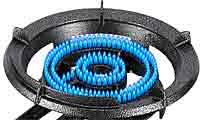
In an average size home, a properly operating gas oven can raise the level of carbon monoxide above 9 PPM (the top safe level established by the EPA). It is important to use a range hood to vent this harmful gas out of the house. This is why you always hear the warning about never using your oven to heat the house, even in an emergency.
This problem is compounded in a tightly-sealed, small space like a tiny home. Proper venting when using your gas range is vitally important. Make sure your vent hood is actually vented outside. Make sure you have an adequate source of replacement fresh air coming into the house too. See my page on Properly Venting a Tiny House for more information.
For better ways to heat your RV or tiny home visit this page: Best Ways to Heat Your Tiny Home
Open combustion also produces moisture
“Propane produces 4 cubic feet of vapor for every cubic foot burned. If your exhaust system isn’t big enough to ensure that water ends up outside, the water will collect in your building and cause all the problems associated with excessively damp conditions. These include wall and floor buckling, and mold and mildew damage.
Children and Infants are at Higher Risk
Small children are in more danger of even low carbon monoxide levels because their lungs are not as developed as an adult. Also, because exposure is cumulative, they will have retained more carbon monoxide in their cells when their exposure starts at a young age.
Symptoms of low grade carbon monoxide exposure include but are not limited to: headaches, lethargy, nausea, and confusion.
Good Detectors to Have In Your Tiny Home or RV
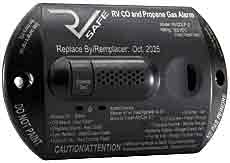
Safety isn’t something to leave to chance. With an alarm, you can know when problems exist with enough time to do something about it.
This alarm works for both carbon monoxide and propane gas. Available in both black and white, it’s important to note that you should not paint over these, as it can reduce the effectiveness of the unit. There are two pre-drilled screw installation holes for easy installation and there is an indicator light to let you know the status of the alarm. Green stands for power on, a red flash is for the CO alarm, a red solid is for the propane alarm, a low battery is a red/green flash, and the end of the life of the alarm is a red double flash. It is recommended to test weekly during use or after a storage period. Do not clean it with strong chemical cleaners but make sure you keep it free of dirt and dust. It is good for five years before it will need to be replaced.
Click on image to see cost from RecPro.
RV Carbon Monoxide and Propane Detector
This 2 in 1 RV Carbon Monoxide and Propane Gas Detector, Leakbee R503, detector adopts two independent and highly sensitive sensors specifically designed for RVs. It detects carbon monoxide (down to zero PPM), and propane gas leak in Motor homes, Travel Trailer, Motor Coach, Truck Camper, RV and tiny houses.
It’s a perfect replacement for the old detector found in most older RV’s. It should fit right into the same hole and connect to the same wires. This puppy is loud, 100 db. It will wake you up from a dead sleep. Comes in black or white.
Properly Venting A Tiny Home or TV
Refer to this page of the Tiny Life Consulting website for details on properly venting your RV or tiny house: Properly Venting a Tiny House
More pages of the Tiny Life Consulting website you’ll be interested in:
All About Shore Power, Surge Protectors, 50 amp, 30 amp Hookups
Melted RV Shore Power Plug How to Avoid Tragedy


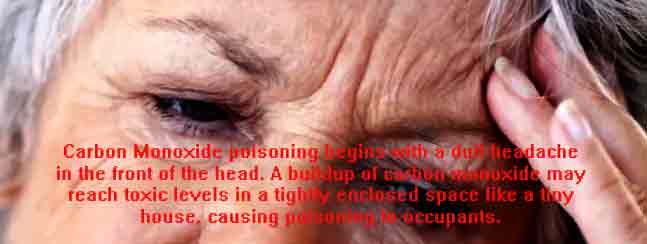
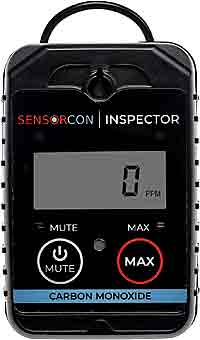
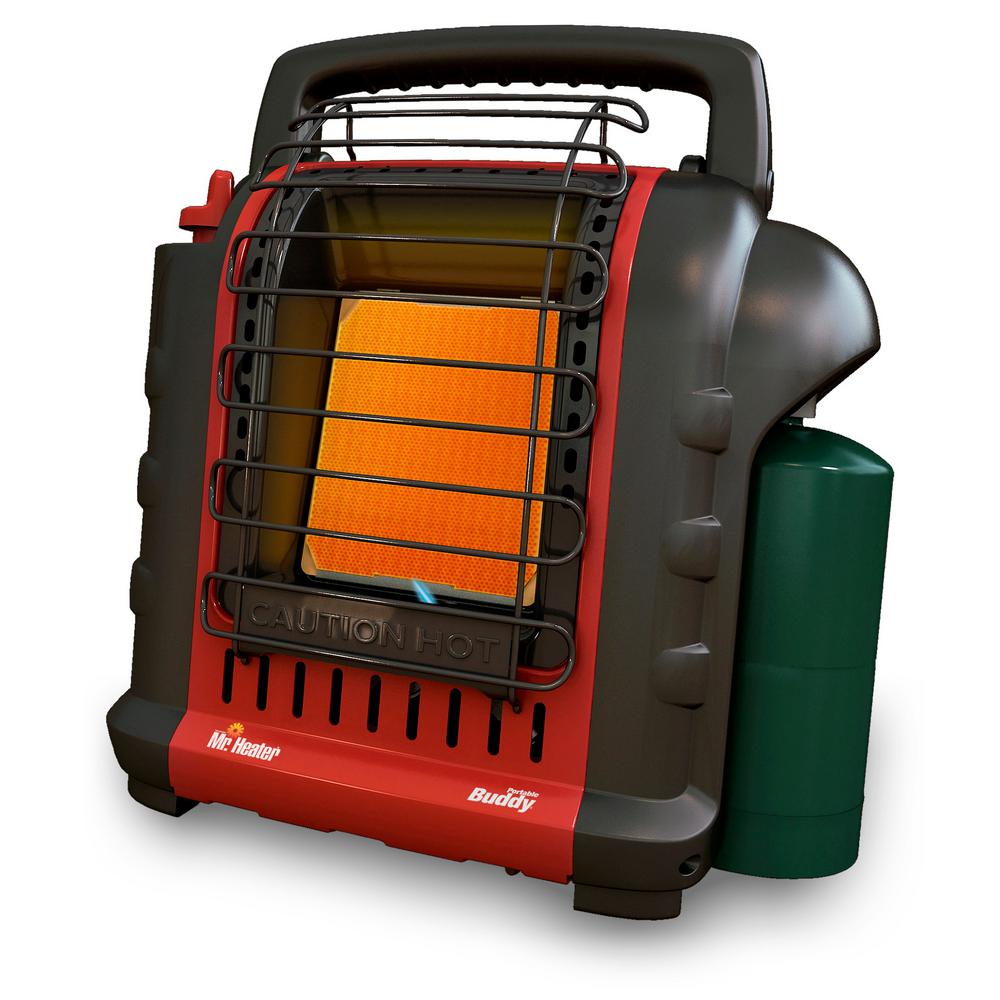
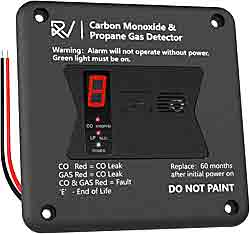
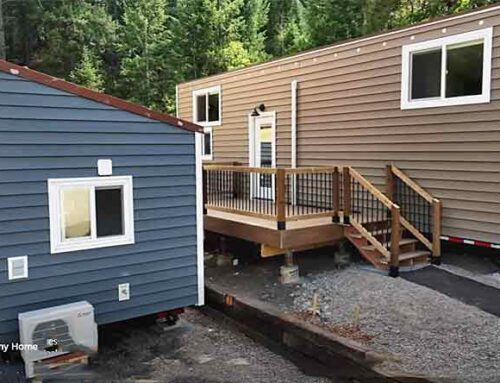
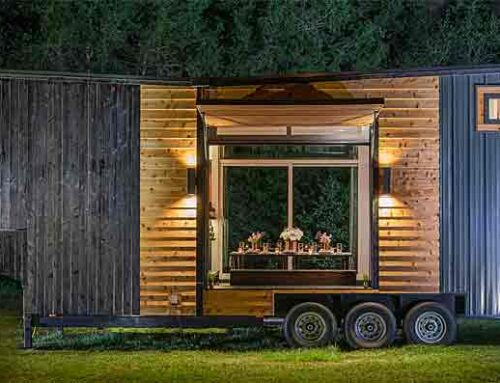
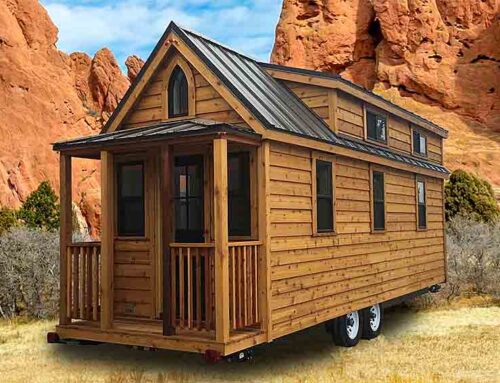
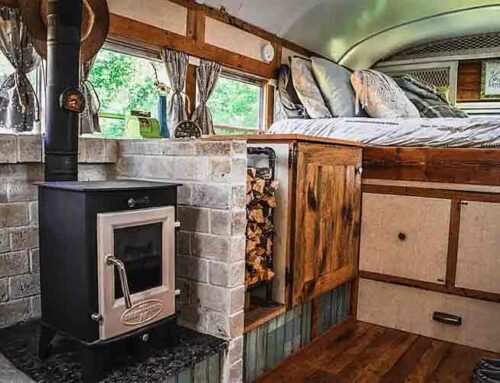
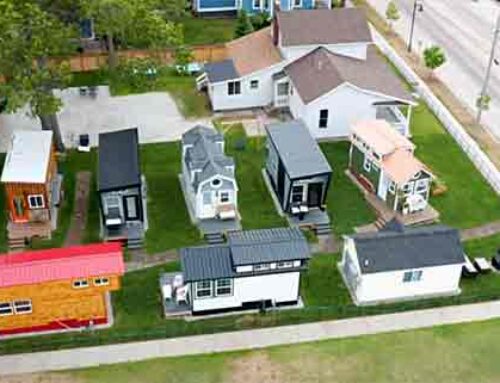
Thank you. Is there any way to glue seal 20 year old fiberboard ducts in a park model with an RV furnace? And is there any way to put an air-to-air heat exchanger on the exhaust of the furnace? It seems like most of the BTUs go out the exhaust.
Thanks for your note. I’ve never seen a heat exchanger for the furnace. It might be some proprietary legal stuff that won’t allow it. Here’s a page I wrote about glues awhile back. I see that Gorilla glue is mentioned. https://tinylifeconsulting.com/glues-tapes-hooks-that-stay-on/